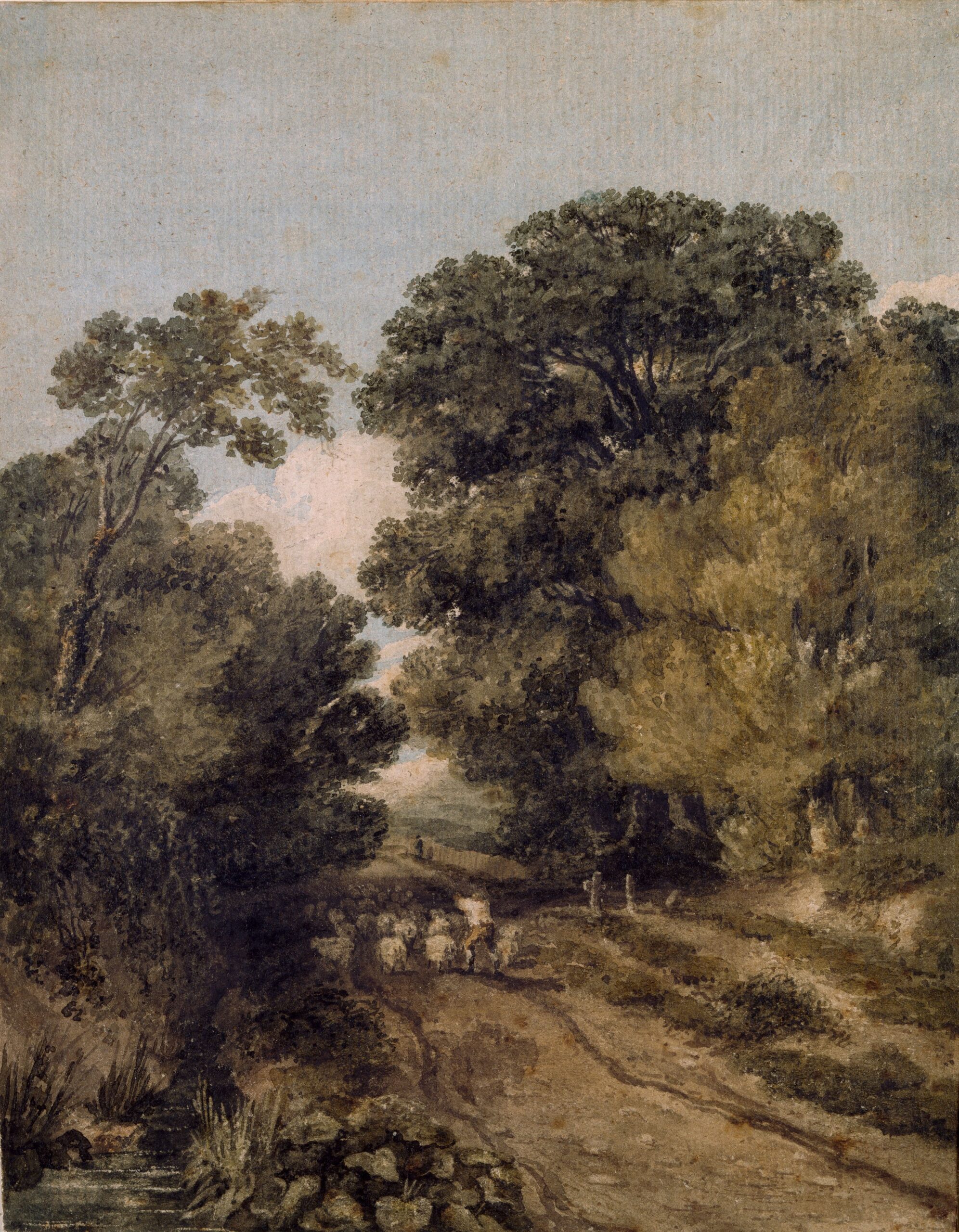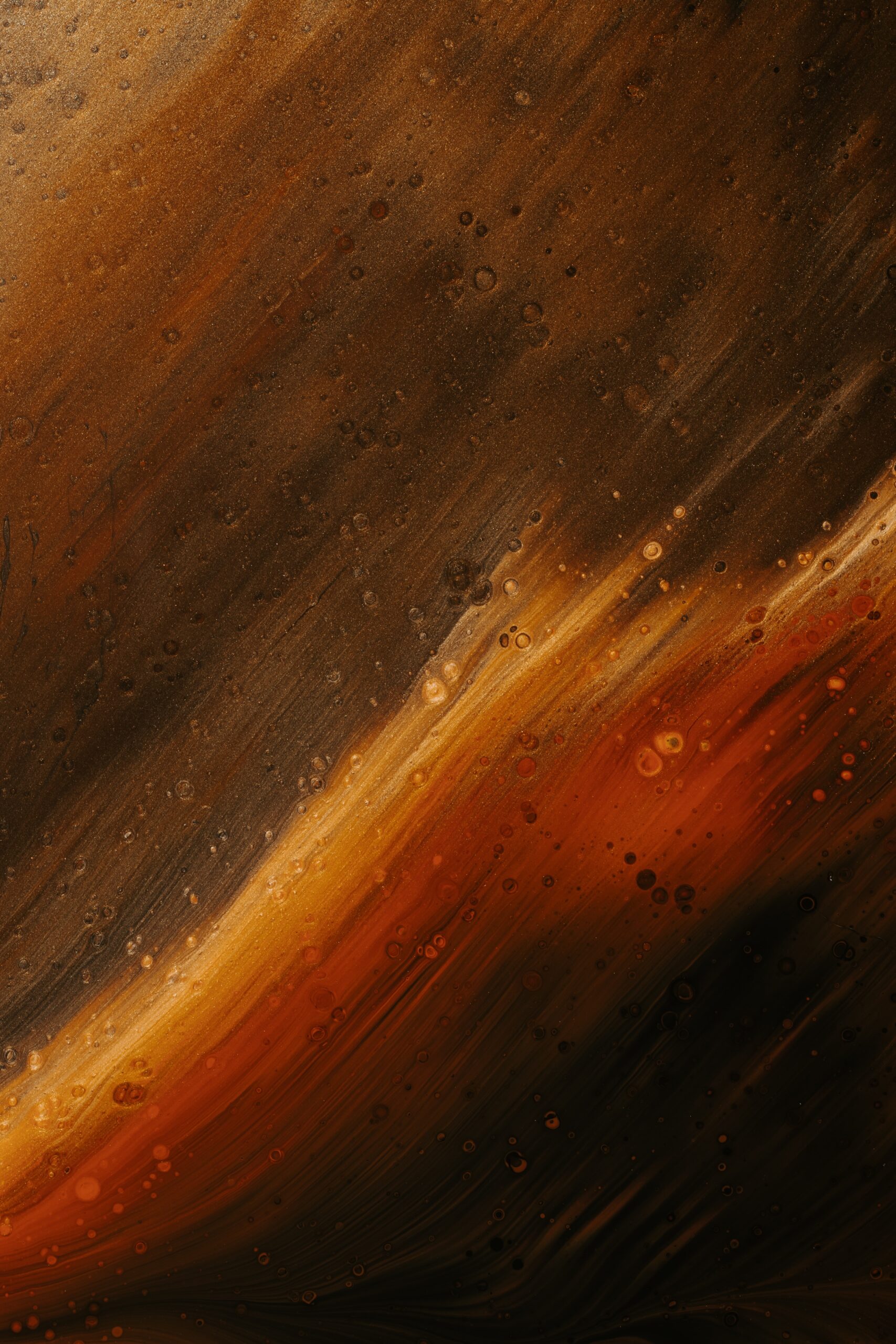In the world of artistry, mastery of mediums and techniques can elevate your craft to new heights. “How To Thin Out Acrylic Paint For Pouring” will equip you with the knowledge and insight to effectively thin out your acrylic paint improves your painting’s fluidity, creates smooth transitions, and allows more controlled experimentation with colors and patterns. This guide carries you through the practical steps and essential tips for achieving faultless pouring, ultimately enriching your artistic endeavors.

Why Thin Out Acrylic Paint?
To achieve the perfect pour, thinning out your acrylic paint is an indispensable step. The fluidity of the paint is crucial to this process and paints with the right consistency can help create a piece with depth and drama. Thinning out your acrylic paint not only allows it to flow more easily on your canvas, but it also spreads out the pigments in your paint, creating a transparent look. This can create exciting layering effects and mixing opportunities for your art.
Materials Needed
You’ll need a handful of specific materials to successfully thin out your acrylic paint.
Acrylic Paint
You should purchase a high-quality acrylic paint. As you might expect, the quality of your paint can significantly affect the overall appearance of your finished piece.
Pouring Medium
A pouring medium is an additive that you mix into your acrylic paint to make it more pourable. The right pouring medium can help achieve a smooth, flawless finish so it’s worth investing in a good one.
Water
Water is commonly used in the thinning out process, but it should be used sparingly as the wrong amount may jeopardize the acrylic’s quality.
Mixing Container
You need a clean, reusable container for mixing your paints. This should be large enough to accommodate the quantity of paint you’re working with.
Stirring Tool
A stirring stick or a clean brush would serve perfectly for this job. Whichever you choose should be clean and dry to prevent any unintentional mixing issues.
Measuring Tools
You will need accurate measuring tools to mix the right amount of paint, water, and pouring medium. This ensures a consistent result every time you mix.
Understanding Acrylic Paint Consistency
With acrylic paint, consistency plays a significant role in the end result of your project.
Thick Consistency
Acrylic paint straight from the tube is typically quite thick and has a creamy, paste-like consistency. This is ideal for techniques like impasto where thick layers and textural brush marks add dimension to your work.
Pouring Consistency
Pouring acrylics requires a much more fluid consistency so that the paint pours easily and spreads smoothly over your surface.
Runny Consistency
A runny consistency is slightly thinner than a pouring consistency. It’s so thin that it pours like water and is usually used for techniques like drips and splatters and very thin glazes.
Preparing the Acrylic Paint
To achieve the rightful consistency, you need to prepare the acrylic paint beforehand.
Choosing the Right Paint
Firstly, select the right acrylic paint. Student-grade acrylics are cheaper but often contain less pigment and more filler, which may not give you the vibrant hues you want from your final piece.
Mixing Ratio
Getting the right mixing ratio is vital. However, it’s not a one-size-fits-all situation and the ratio depends on the thickness of the paint. It’s best to start with a 1:1 ratio of paint to your selected thinner (whether that’s water or a pouring medium) and adjust as needed.
Determining the Desired Consistency
Determining the desired consistency goes hand in hand with knowing what you intend to achieve with the finished piece. For example, for a staining or glazing effect, a fluid or runny consistency is ideal.

Using a Pouring Medium
What is a Pouring Medium?
A pouring medium is a fluid that increases the flow rate of acrylics, making them suitable for the pour painting technique. It not only thins out the paint but also helps in preserving the paint’s original shine.
Choosing a Pouring Medium
There are plenty of choices available when it comes to selecting a pouring medium. The type of medium you select largely depends on your particular needs and budget.
Mixing with a Pouring Medium
For mixing with a pouring medium, begin by adding an equal amount of medium to the amount of paint. You can adjust depending on the paint’s thickness and the effect you want to achieve.
Using Water as a Thinner
When to Use Water
Water is a readily available alternative for thinning out your acrylic paint. However, it’s crucial only to use it when your paint is too thick or when you’re trying to achieve transparency.
Adding Water Incrementally
You should add water gradually and stir, avoiding over thinning. Adding too much may compromise the paint’s adherence to your painting surface.
Effects of Water on the Paint
While water works well in thinning out acrylic paint, it can dilute the pigment, making your colors less vibrant.
Testing and Adjusting Consistency
Testing the Consistency
The best way to test paint consistency is to lift your stirring stick out of the paint and observe the paint as it drops. It should create a thin stream that disappears upon hitting the surface.
Adjusting with Water or Pouring Medium
Depending on your testing result, adjust the thickness by adding either water or more medium.
Avoiding Common Mistakes
Adding Too Much Water
Adding too much water can cause the pigment to break apart entirely, leading to a washed-out appearance.
Not Testing the Consistency
Testing helps ensure that your paint has the proper thinness before you apply it. If you don’t test, you risk a finished piece that doesn’t satisfy your expectations.
Using the Wrong Pouring Medium
Different mediums produce different effects. It’s important to choose the right one based on the desired outcome.
Alternative Thinning Methods
Glycerin
Glycerin is one of the substances you can use for thinning acrylic paint. It slows drying time and enhances the flow and blend of the paint.
Alcohol
Adding a small amount of alcohol to your acrylic paint will break down the surface tension of the paint and thus, make it thinner.
Silicone Oil
Silicone oil is used to create cells in acrylic paint. It can make the acrylic paint thin and more flowy, buying extra time to work with the paint.
Final Tips and Recommendations
Mixing in Small Batches
If you’re new to thinning out acrylic paint, try mixing in small batches. It’s easier to manage and adjust, and you’d limit your material waste.
Experimenting with Ratios
Feel free to experiment with different ratios of paint, water, and medium. Each combination could produce a different flow and finish, which could be interesting to explore.
Cleaning Up
Make cleaning up a habit. Thoroughly clean your mixing tools and containers immediately after use. This helps to maintain the true color and consistency of your paints for your next project.



